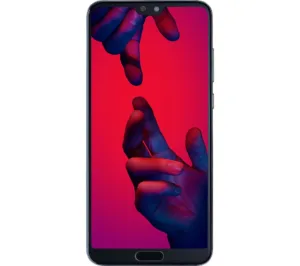The smartphone market continued to boom in Russia in the second quarter of 2018, with import volumes more than 10% higher than in the same period in 2017, reaching over seven million units — a record for the second quarter of the year, according to IDC.
Handset ASP slipped marginally over the first quarter of the year but was still a third higher than a year ago, at $241. Total market volume including feature phones was 9.37 million units and market value at retail prices without VAT was around $1.7 billion.
Samsung maintained leadership in Russia’s smartphone market, but the competition is getting hotter as Huawei and Xiaomi, close behind in second and third place respectively, both shipped their largest-ever volumes to Russia. Apple placed fourth in shipment volume terms but was again market leader in terms of value.
Huawei’s P20 Pro. The company is expanding its presence in Russia.
In terms of ASPs, Russia has been catching up over the last two years with countries in Central Europe, some with postpaid arrangements, which tend to encourage consumers to opt for premium phone models. The average price for a new Android smartphone bought in Russia is now twice what it was just after the 2014 ruble crisis.
While the Russian market has recovered well, there are signs that it might go down again; the country may be subject to further sanctions from the US this autumn, both financial and trade-oriented. The announcement of potentially draconian trade measures from the US was enough to push the ruble down more than 5% in early August, IDC says.
Additional and separate sanctions may target Russian banks in retaliation against alleged Russian meddling in the US election process. IDC’s Simon Baker commented:
“Wit
h possibly more sanctions to come and a ruble exchange rate that has largely been allowed to fluctuate according to market sentiment, which has proved itself febrile in relation to oil prices, importers will be cautious not to get caught out by a drop in consumer demand following a major devaluation of the currency”.
In the third quarter of the year, distributors and retail chains are switching their orders to cheaper models as a result of the ruble’s contraction in early August. Programme manager Natalia Vinogradova added:
“This will work to the advantage of Chinese brands, notably Xiaomi, which are gaining share in the market now, as their prices tend to be lower than those of their more established rivals. Feature for feature, their phones often represent better value”.

